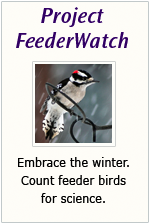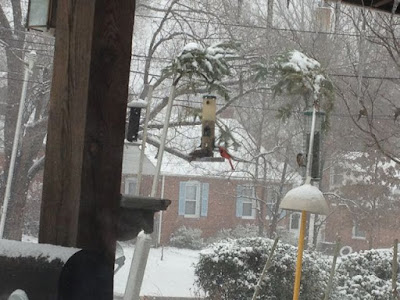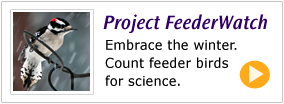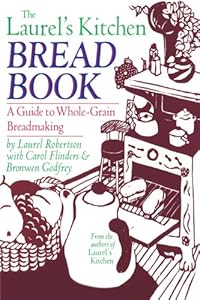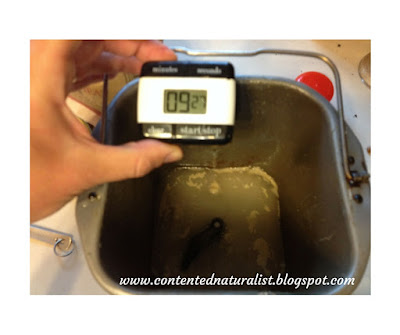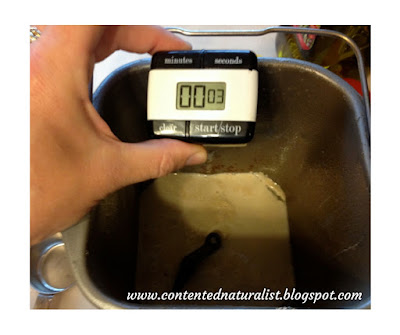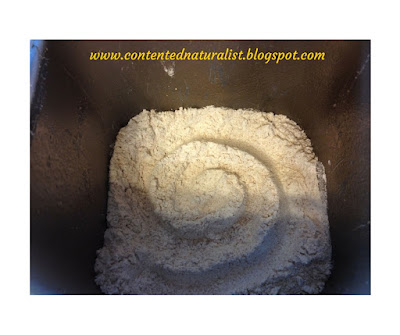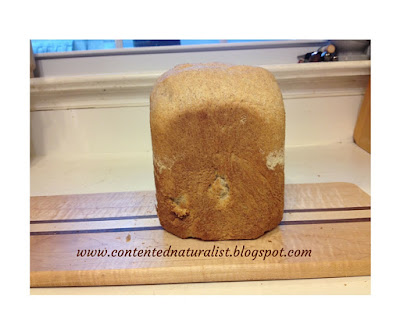| Delicious black bean stew with andouille sausage, perfect for a chilly evening |
This weekend we had our first real fall weather. You know the kind I mean-- a nice chill in the air, crunchy leaves under your feet, sparkling clear sunshine slicing through air that is blessedly free of summer's steamy haze. A perfect day to go hiking, in fact!
And one of the best parts of going hiking is when you come home ravenous after a day of exploring the woods, climbing mountains, or strolling the shores of your favorite lake with friends or family. You open the door and are greeted by incredible smells of the stew that's been bubbling away in your crockpot while you were gone. Yum! I love my crockpot all year round, but it's just so incredibly satisfying this time of year.
Today I'm sharing with you one of my favorite recipes for an autumn post-hike meal: a Cuban-ish Black Bean Stew, heavily adapted from Better Homes & Gardens' Biggest Book of Slow Cooker Recipes. It's very flexible, you can add a different kind of sausage, extra sweet peppers, a different amount of spice, and so forth. I love topping it with chopped fresh tomatoes or a really good fresh salsa, and some grated cheese, as well as an extra squeeze of lime at the table.
I love it when I have the time to brown the sausage and onions before adding them to the crockpot. But sometimes I just run out of time. That's what happened yesterday-- I barely scraped the ingredients together before dashing out the door to drive to work. So while it simmered all day, my brilliant husband minced up a few herbs and veggies from our flagging fall garden-- one carrot, a few radishes, and several sprigs of dill and basil. These added lovely new layers of flavor to the stew, and I'm eagerly anticipating leftovers tonight. Feel free to go wild with improvisations on this one, and let me know in the comments what you try!
| The uncooked ingredients before I added chicken broth. I wish you could smell the pungent lime zest, garlic, cumin, and hot pepper! The lime really gives a nice tropical boost to this stew. |
Cuban(ish) Black Bean Stew With Andouille for the crockpot
Ingredients:
1 pkg Andouille sausage (or another kind of smoked sausage), sliced in half-moons1.5 cups to 1 lb dry black beans (the original recipe calls for only 1.5 cups, but I sometimes dump in the whole pound package. Depends on how much I want to make.)
3.5 cups home-made chicken or turkey broth (or use storebought low-sodium chicken broth, two 14.5-oz cans is about the right amount)
1 medium to large onion, chopped
1 sweet red pepper, chopped
1 to 3 small fresh hot peppers, minced (I grow a small but pungent hot yellow heirloom pepper, and usually use three including their seeds. If you want less fire, use fewer peppers and/or remove the seeds and white pith from the hot peppers.)
4 cloves garlic, minced (if you use bottled garlic from the store, this is about 2 tsp worth.)
zest of one lime, shredded (I do this on a microplane zester that lets me get almost all of the zest without a single skinned knuckle. If you want, save the lime to squeeze on each serving, later)
2 tsp ground cumin
0.75 tsp salt
0.25 tsp freshly ground black pepper
2 bay leaves
Optional: fresh or frozen cooking greens (kale, collards, spinach, turnip, etc.)
Instructions:
1. Rinse your dry beans thoroughly until the water runs clear. While doing so, pick out and discard any misshaped beans or pebbles that might have snuck in.2. Put the beans in a large bowl with enough cold water to cover the beans by at least an inch or two. Let sit overnight, covered with a towel to keep out dust.
3. In the morning, drain the beans and rinse once more.
4. Put the beans in a slow cooker, at least 3.5-4 quart size or bigger.
5. Brown the sausage in a large frying pan over medium-high heat. Once the sausage is browned on all sides, scrape it into the slow cooker on top of the beans.
6. Return the pan to the heat and add the onion and sweet pepper. Saute until the onion is golden. This step is important so the vegetables pick up the flavorful fond (browned bits) from the bottom of the pan. Use a wooden spatula to scrape up the fond if you need. You can also add a dash of the broth to the pan if you need help loosening some of the fond.
7. Pour the cooked vegetables into the crockpot with your beans and sausage.
8. Add the minced hot peppers, garlic, cumin, lime zest, bay leaves, and salt & pepper. Pour the broth over all.
9. Cover and cook on the low setting for 10 to 12 hours.
10. If you happen to have any fresh or frozen cooking greens like kale or collards, toss them in for the last half hour or so of cooking for a great nutritious boost. At the moment I have a ton of frozen kale in my freezer from the summer, so that's what I usually do. If your family doesn't like cooked greens, just skip this step. The day I made the batch shown in these photos, I had meant to add greens but it smelled so good when I came home I just couldn't wait that long to eat. :-)
As any bean stew should be, this is also good over rice, or you can just eat it with toppings like you would chili-- chopped fresh tomatoes, salsa fresca, grated cheese, even corn chips. I bet it would be good with fresh bread too, to sop up any extra broth!
I hope you enjoy my take on black bean stew, and have a great time hiking this fall.
Notes:
If you use the smaller amount of dried beans, you'll have a more soupy consistency to the stew; if you use the whole package it will be much thicker. I like it both ways, myself.
As happened to me, if you're really in a rush in the morning, (or just want to minimize dishes to wash), you can skip the browning steps and just dump everything into the crockpot together. It's so wonderful with that deep browned level of flavor, though, you should try doing it at least once. If you can plan ahead, you might even brown the sausage and onions the night before!
